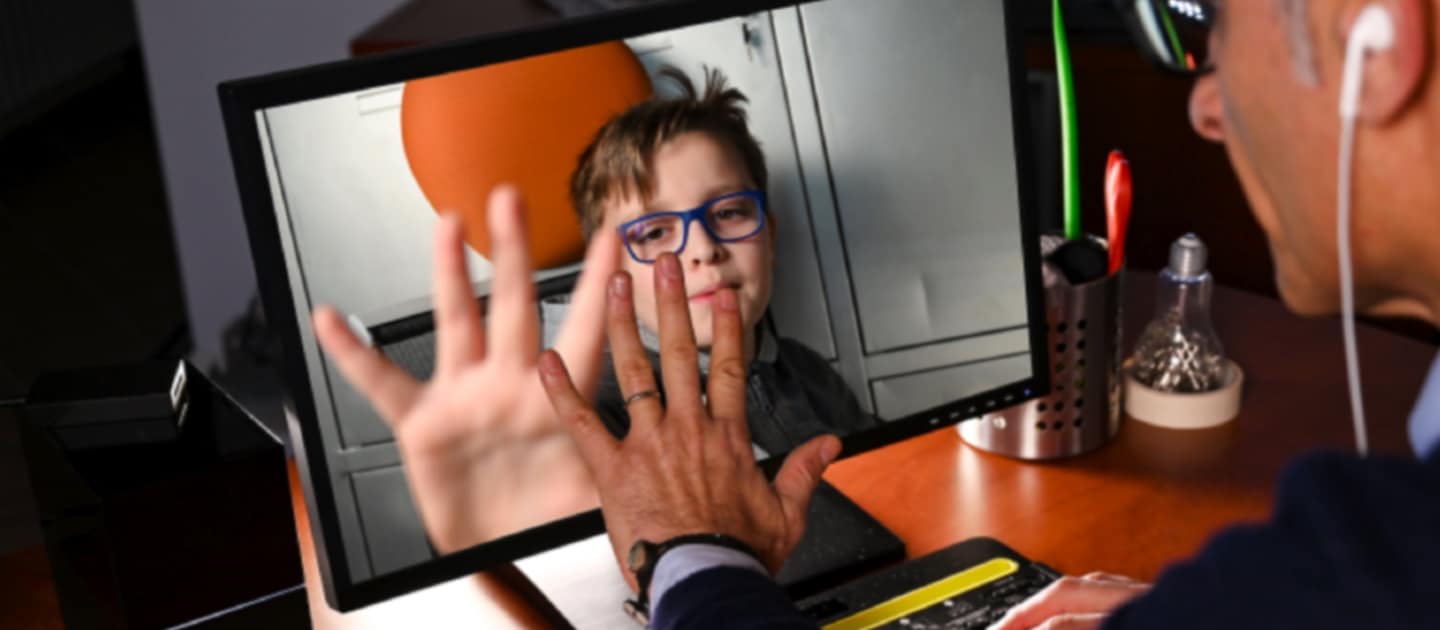
Working memory - a predictor of word learning
The shift to digital learning environments has provided an opportunity for special educators to use technology to deliver effective, high-quality instruction. Specifically, substantial research supports the use of Video-based Instruction (VBI) for teaching mathematics to students with ASD.
06 Oct 2022

